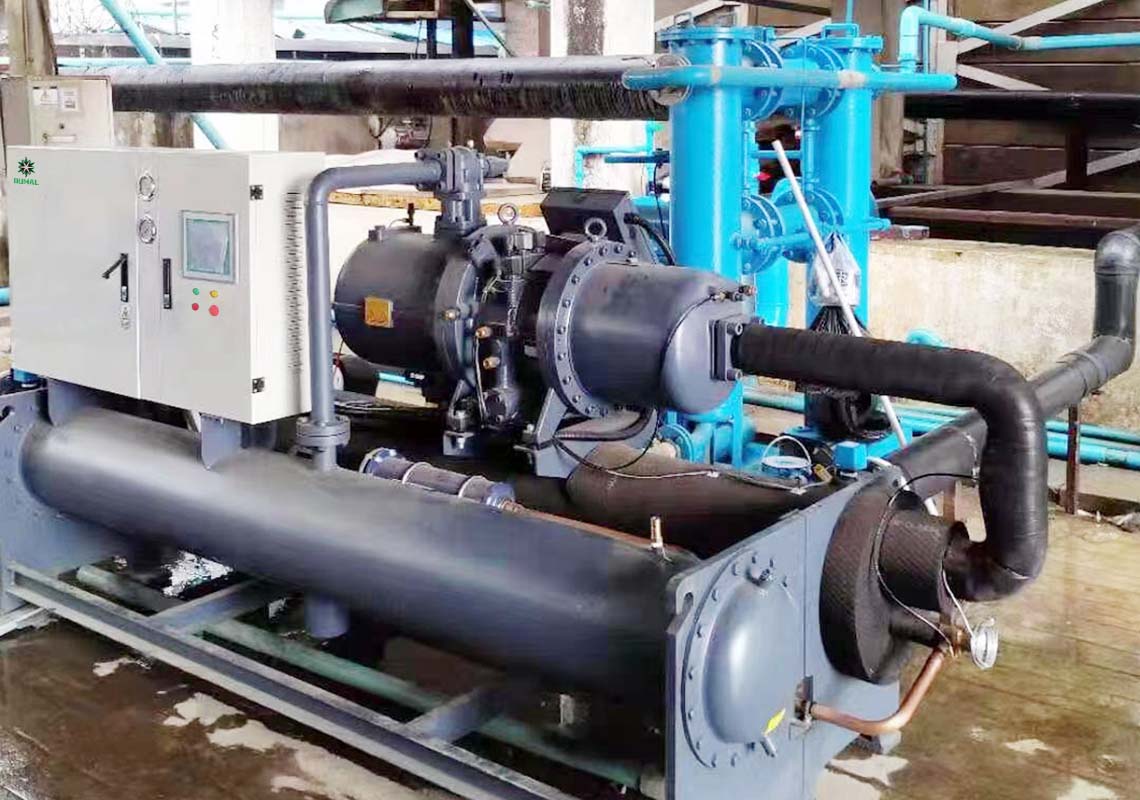What should I do if the chilled water of the industrial chiller does not circulate - OUMAL Refrigeration Machinery Co.,Ltd
In the process of using the chiller, have you encountered the problem that the chilled water of the chiller does not circulate? How to solve the problem of the chilled water not circulating?
We all know that under normal circumstances, small industrial chillers have been equipped with chilled water circulation pumps, such as Packaged air-cooled chillers, box-type water-cooled chillers, and large capacity chillers such as screw chillers and open-type water chillers. The chiller does not contain a chilled water circulating pump. At this time, when installing the cooling water system, an external chilled water circulation pump must be installed, so that the cooling water returns to the chiller for cooling after absorbing the heat of the cooling equipment, so that the cooling water supply pipe forms a circulation system.
It should be noted that no matter whether the chilled water pump is inside the built-in chiller case or outside the chiller, it is recommended that the location of the chilled water pump should be lower than the water level of the water tank. In this way, the circulating water pump can absorb cooling water well. However, in some cases, due to the needs or limitations of the installation environment, the chilled water pump may be higher than the water level of the water tank, so that the cooling water system cannot absorb water during operation, resulting in the chiller. In the case of insufficient chilled water flow, it cannot be started and a fault is reported. So what should we do when the chiller fault code shows insufficient chilled water flow?

1. Use a rubber tube (open its small valve) to send back the water supply pipe reserved on the large pipe on the water tank, and use a wrench to unscrew the vent plug of the cold water circulation pump (if there is water before tightening), until the water is removed. Return to the large tube in the tank and pull the hose out to see if any air bubbles come out. If it does, keep pouring water into the tank until the return water returns to the large pipe in the tank, then unplug the hose and see if any air bubbles come out. If yes, keep pouring water. Close the small valve until there are no air bubbles.
2. At this point, turn on the chiller for 1 minute. If the big pipe has a lot of water back into the pool, that's fine.
3. If the return water is not enough or there is no return water, repeat the above irrigation operation.
When you purchase and install the Oumal industrial chiller, if the chilled water flow is insufficient during the installation test, please contact our sales in time, we will arrange a professional engineer to guide you to solve the problem. Tel: +86 15112554736.
评论
发表评论